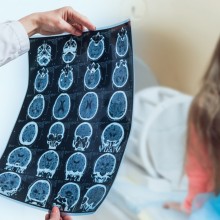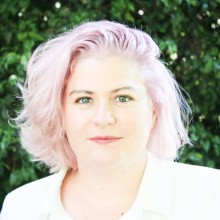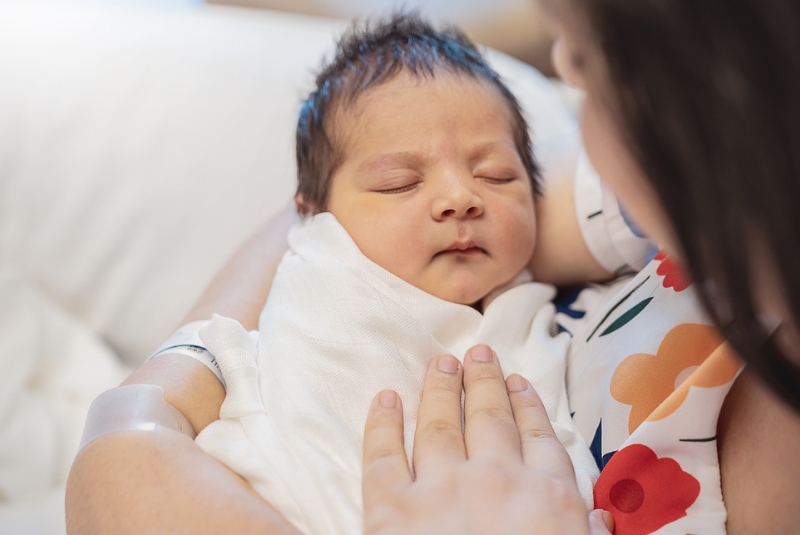Epilepsy & seizures
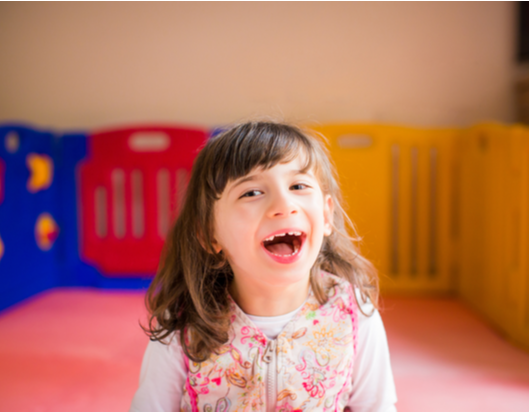
Epilepsy is a brain condition that causes children to have repeated seizures, also called fits. The condition can continue for months or years.
Epileptic seizures occur because of too much electrical activity in the brain. This causes muscles to jerk and can lead to falls, unconsciousness or unusual behaviour such as not responding when spoken to or staring into space.
For about half of affected children, there is no known cause of their epilepsy.
For the remainder, there can be many different causes. These include status epilepticus, benign epilepsies of childhood, infantile spasms, severe epilepsies of infancy (SEI), a family history of epilepsy, a severe head injury, stroke, brain infection, brain malformation or non-cancerous (benign) tumour.
Epilepsy is also a symptom of different diseases including the rare disorder tuberous sclerosis which causes non-cancerous tumours.

Who does it affect?
Who does it affect?
- Childhood seizures are relatively common: one in 20 children will have a seizure of some form during childhood while epilepsy affects about one in 150 to 200 children.
- Epilepsy can be very severe. For people who have epilepsy, the risk of death is up to two to three times higher than the general population.
- In Australia, about 160 babies each year develop the condition severe epilepsies of infancy (SEI). Fits often occur many times daily, are commonly resistant to treatment and typically associated with developmental impairments due to damaging effects of seizures on the developing brain
Our epilepsy research
Our epilepsy research
Our research covers a wide range of topics including tuberous sclerosis, cortical dysplasia – a common cause of epilepsy where the brain’s top layer does not form properly, severe epilepsies of infancy and brain malformations.
We are studying brain regions that cause abnormal electrical activity in children with focal epilepsy – the most common type where people remain conscious – and generalised epilepsy. In some children, findings will lead to surgical therapies for their seizures. This work is in collaboration with the Florey Neurosciences Institute and The Royal Children’s Hospital (RCH) neurology department.
We are working on clinical trials of new antiepileptic medications for children with the Australian Paediatric Pharmacology Research Unit and RCH’s neurology department.
Another study on incidence and genetic causes of severe epilepsies of infancy will inform diagnosis, prognosis and management. Understanding genes and pathways to this distressing condition is the first step to new treatments. This work is in collaboration with the Epilepsy Research Institute at the Austin Hospital.
We are testing if a sleep behavioural treatment improves sleep problems experienced by most children with epilepsy.
Brain malformations can cause lesions that cause drug-resistant epilepsy. We are researching causes, outcomes and treatments.
Impacts of our research
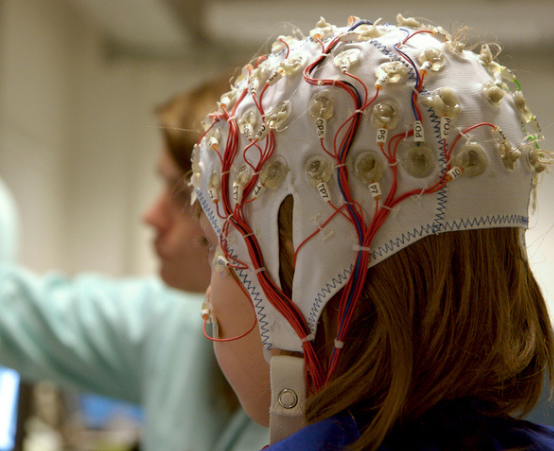
Impacts of our research
- We have profoundly improved treatment for children who are critically ill with epilepsy worldwide, potentially halving the number needing intubation and intensive care. Up to five percent who have prolonged fits die and a third suffer long-term complications from brain damage. The longer the seizure, the greater the chance of complications. Our study with NZ colleagues changed management internationally, revealing treatment with either of two drugs had a 50-60 percent chance at stopping seizures but combining them boosted success rates to 75 per cent.
- We led a study with the Royal Melbourne Hospital which found anti-epileptic drugs reduce bone strength in children and if used for more than a year, increase fractures. Children taking them are now encouraged to protect their bones by maintaining exercise, calcium and vitamin D intake.
- Our research studying better ways to identify patients with cortical dysplasia epilepsy aims to cure seizures with more precise surgery.
- A new centre aims to improve outcomes in Developmental and Epileptic Encephalopathies which are often treatment-resistant and lead to severe thinking and behavioural impairments.
- Another project aims to identify new therapies for epilepsy in children with a genetic mutation that causes death within the first five years of life.
Our vision
Our vision
Our goal is to improve quality of life and health outcomes for children with epilepsy by reducing seizure frequency, severity and complications. We hope our research also leads to prevention, better diagnosis, new treatments and even cures.



